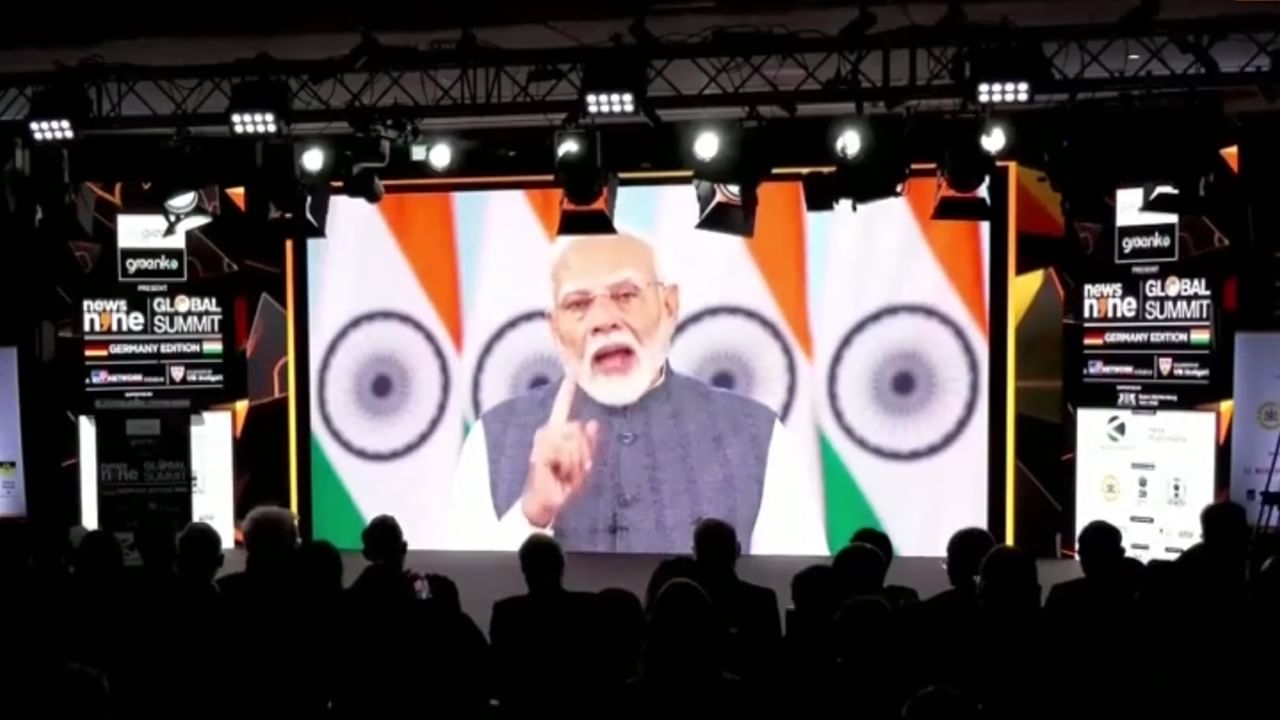India’s economy is expected to face the short-term heat of Donald Trump’s second presidency, with a further weakening of rupee as investors flock to the dollar, a string of imported inflation and a dent to good shipments to the US, analysts feel.
Foreign portfolio inflows (FPIs) to the domestic equity markets may slow further, if the slogans rooted in protectionism heard during Trump’s electoral campaign is indeed acted upon, as these could cause a delay in monetary easing by the US Federal Reserve and other developed country central banks.
Rate cuts in India may also be delayed as strengthening of the dollar against the rupee would add to inflationary pressures.
“India’s imported inflation is positive now and any further rupee weakness will add to inflation,” Dhiraj Nim, economist, ANZ Research, said, adding, “this means, India’s rate cuts will be delayed.”
The Reserve Bank of India (RBI) has projected CPI inflation to reduce to 4.5% in FY25, from 5.4% in FY24. But food price pressures still persist and core inflation has lately shown some signs of firming up, which may keep inflation above the central bank’s project, say economists.
Nitin Aggarwal, director of investment research and advisory, Client Associates, said with the RBI already facing slowing economic growth, any delay in rate cuts could deepen the challenges of boosting investment sentiments.
At an event on Wednesday, RBI governor Shaktikanta Das said that although the Monetary Policy Committee (MPC) had shifted towards a neutral stance to spur growth, this did not mean that an interest rate cut would happen immediately. “A change in stance doesn’t mean there will be a rate cut in the very next monetary policy meeting,” said Das. He pointed out there are still significant upside risks to inflation and a rate cut at this stage would be “very risky”.
India’s GDP growth in FY25, on the other hand, is expected to be much lower than the 7.2% projection of the RBI, on account of moderate urban consumption, lower manufacturing activity and slowing exports. Economists have pegged the full year’s growth to be around 6.7-6.8% (FY24 was 8.2%).
“Trump has batted for a 10% universal tariff, which is bad news for all emerging markets, including India,” said Nim. “The country’s exports are already faring worse than its peers, because it doesn’t have a significant tech component…the tariff hikes could hurt the export cycle further,” he added. Most analysts expect merchandise exports growth to be mere 3-4% in FY25, but higher tariffs may further dent this estimate.
Meanwhile, on capital flows, analysts say that the Trump presidency may initially boost investor sentiment, leading to a short-term uptick in Indian markets, but the long-term effects could be less favourable.
“Trump’s policies are expected to favour a stronger dollar and higher interest rates, which may divert investments back to the US, aggravating FPI outflows from India,” said Rajesh Sinha, senior research analyst, Bonanza Portfolio. So far in 2024, equity foreign portfolio inflows have been (-)$660 million, against $11.73 billion in the previous year.
“Additionally, his inclination towards protectionism could impose tariffs on Indian exports, particularly in sectors like pharmaceuticals, further straining trade relations,” noted Sinha.
Besides pharmaceuticals, other export-oriented sectors, such as textiles, may face challenges due to potential increases in tariffs and a more protectionist stance from the Trump administration. However, sectors such as defence and manufacturing could benefit from strengthened US-India ties and increased demand for alternative suppliers to China, say analysts.
Commodity stocks, in particular, may experience volatility as the Trump presidency could increase tariffs on Chinese goods, negatively impacting metals and oil prices due to concerns over global demand, they say.
Moreover, if China sees a greater threat to its growth due to Trump policies, it may announce further stimuli while also allowing its currency to depreciate by 10-15%. “This would allow for dumping of Chinese products in Indian markets. Sectors are solar, pharma, chemicals, electricals, plastic, textiles are vulnerable to this,” said Radhika Piplani, chief economist, DAM Capital.
Manish Bhandari, founder, Vallum Capital Advisors, said that potential discretionary consumption tax cuts lead to more money in the hands of consumers, and may benefit Indian exporters of such discretionary consumption.
“A cut in corporate tax by Trump is likely to bring more businesses for the Indian tech companies,” said Bhandari. During Trump’s previous presidency, IT companies had grown at a CAGR of 13% in 2016-2020 and the IT index had generated a return of 45% despite challenges on visa and offshoring, he added. On Wednesday, Indian IT stocks rallied, with the Nifty IT index rising over 3%, and major players such as Infosys, TCS, and HCL Technologies seeing gains of 1% to 4%.
Aggarwal said that the economic outlook for India, in a Trump administration, will depend significantly on the global trade environment and how quickly the US economy adjusts to the policy changes that are likely to follow Trump’s victory.
According to an estimate by Bloomberg Economics, starting 2025, if the US imposes 60% tariffs on Chinese goods and 20% tariffs on all other imports, India’s GDP will be 0.1% lower by 2028. However, India could mitigate the effects of Trump’s trade barriers by increasing manufacturing subsidies and lowering average import tariffs. Bloomberg estimates that a combination of a 4% production incentive and a 1 percentage-point reduction in import tariffs could boost GDP by 0.5% above the baseline.





